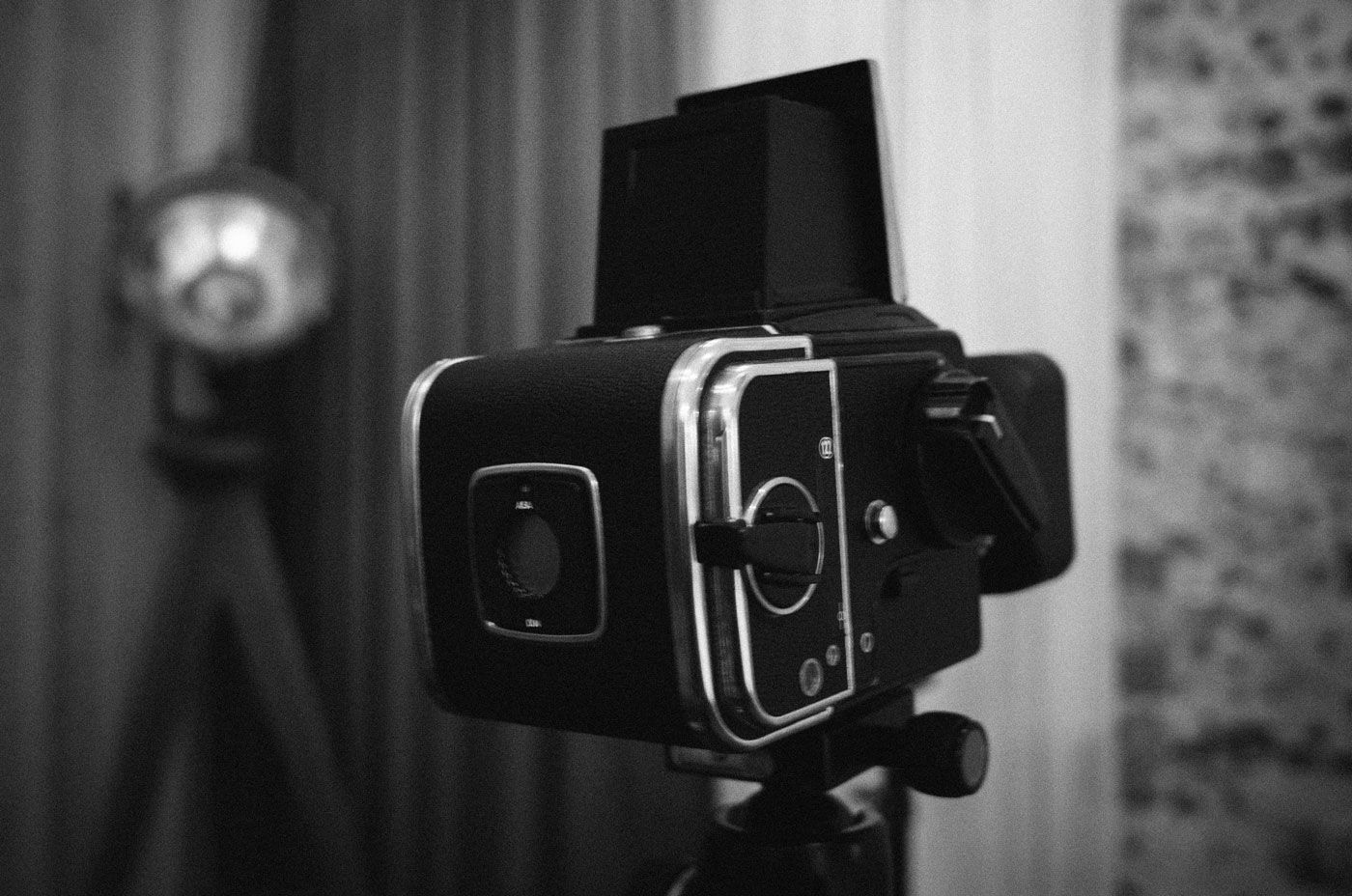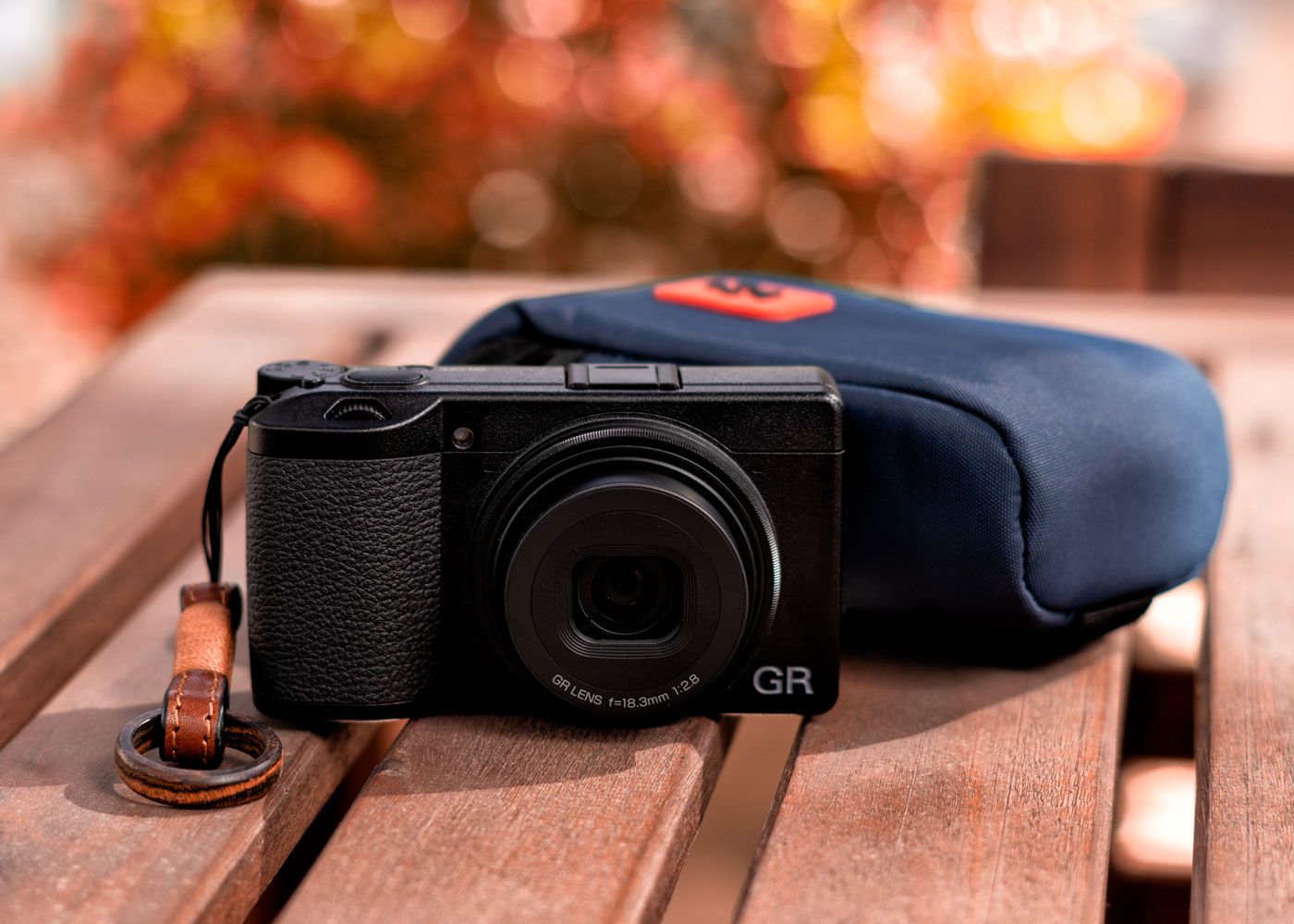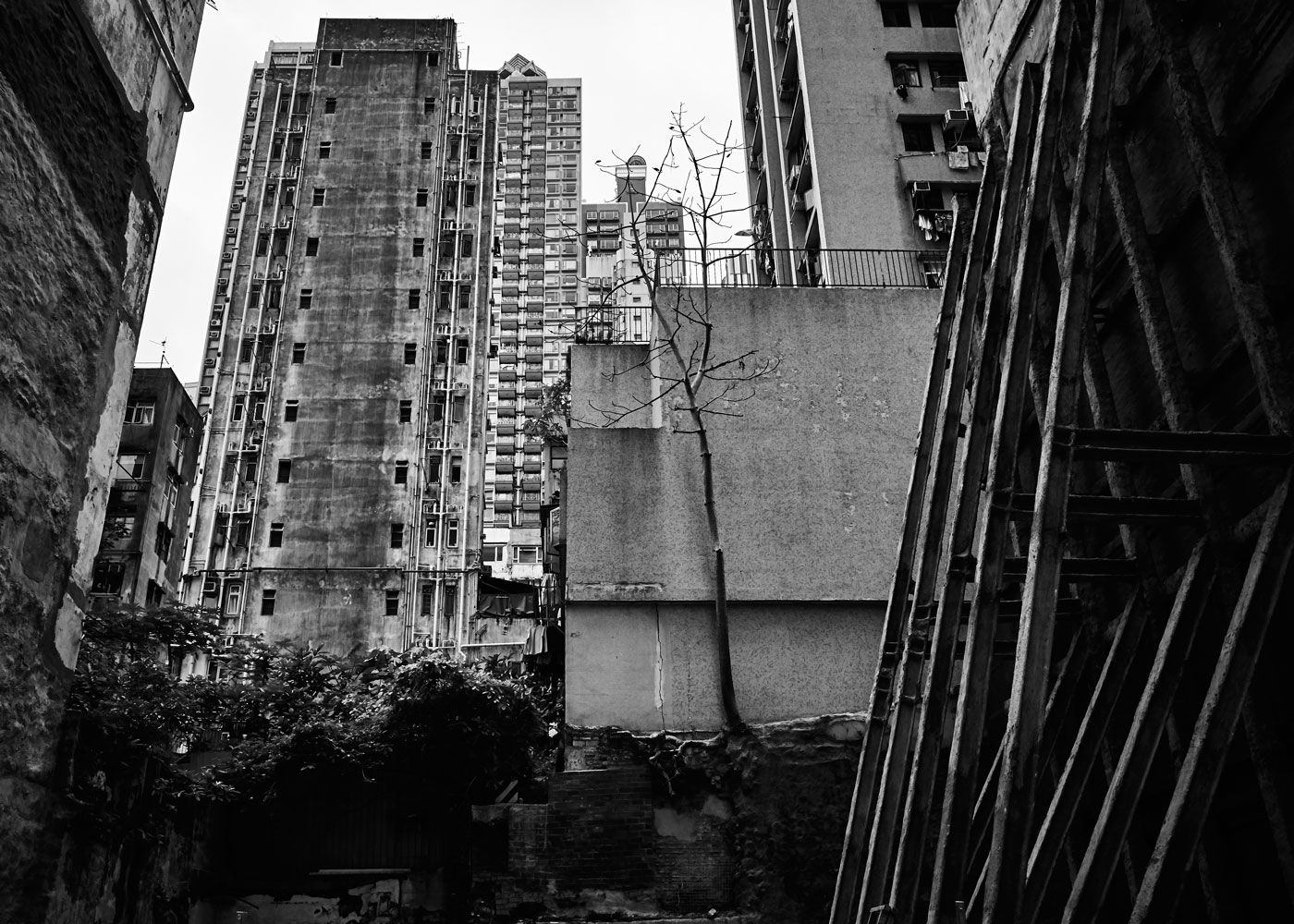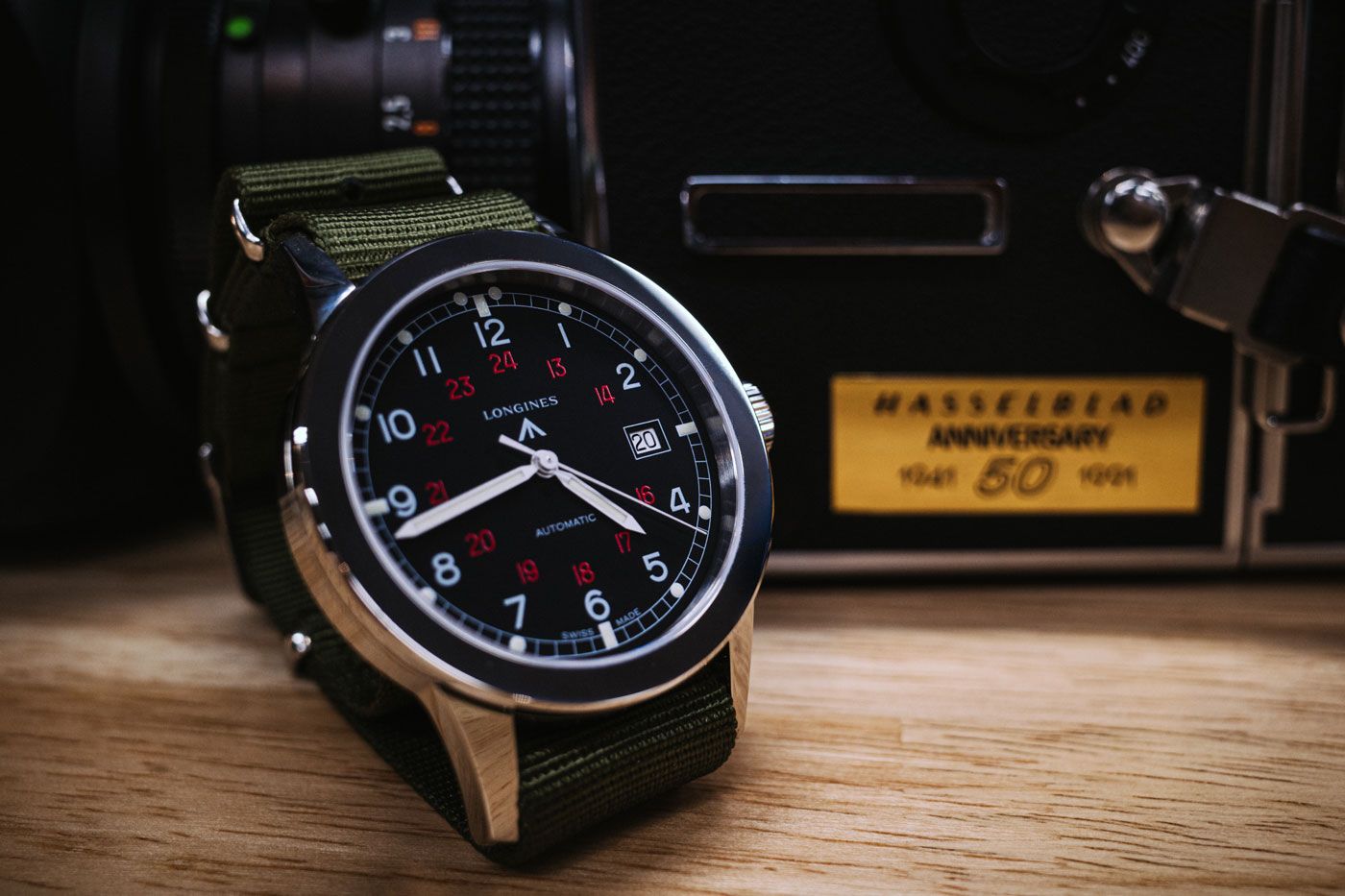Reblogged with permission by G.R Ambassador, Malificent Images
View the original blog post here
Today I’m celebrating a return to blogging by recounting my experiences detailed in a long-term review of the Ricoh GR III. Any invested photographer will warn you of the perils of GAS (Gear Acquisition Syndrome) and I definitely am not immune to that…. but that’s a post for another day.
So how did the Ricoh GR III become my most used camera in the past year and a half, despite every other exciting shiny new release and purchase?

A shot from the archives, taken in 2017 with the GR II demonstrating the comparatively average low light performance (1/15, f/2.8, 3200 ISO) …pardon the Franken ‘blad.
PROLOGUE
I’ve been familiar with the Ricoh brand for a while now; their film compact GRs have been a mainstay in street photography and still carry a hefty price in the second-hand market. Almost a decade ago, whilst I was serving in a speciality camera retail store, FotoRiesel, I was given the opportunity to shoot with their GXR system and exhibited for the launch (read my review here). The GR II also had a short stay in my kit, before moving to a new home. The constant hunt for a perfect everyday camera is a compulsion for those who desire an alternative to the backbreaking burden of a heavy kit (leading to the exponential rise of mirrorless cameras and large sensor compacts in the past decade). Regrettably, the GR II did not suit for me at the time, as I was wanting for better autofocus speed, high ISO performance and a viewfinder… A Fujifilm X100 took its place.

A small wooden finger strap and a Crumpler Drewbob 100. The snug fitting case helps keep dust away from the larger sensor.
LEGACY AND PHILOSOPHY
The GR series has a legacy and adoration as a street photography camera, I certainly felt empowered whenever I hold one, as though I could be the next Cartier-Bresson or Fan Ho. Reality is, however, that I prefer meticulous planning, lighting and using longer focal lengths for portrait photography and conceptual shoots. Upon discovering and reading the GR Story, I came to understand the system more, and to my surprise, not once is the word “street” mentioned as part of the GR philosophy. The concept of the GR camera series is based upon portability, simplicity and utilitarianism. This paired with the parent company, Pentax’s penchant for an impressive feature set at its price point, has seen the evolution of the GR line-up produce a successor that begs to be used.
FIRST ENCOUNTERS OF THE III’RD KIND
Fast forward to 2019, I was given the opportunity to shoot with the GR III ahead of its launch. I had obsessively pored over the spec sheet then, as all eager photographers with their fingers on the pulse do, and started comparing it to my two main workhorses at the time. The 24.2 megapixel sensor was more than enough (my leisure camera was and still is a Leica M10, and my workhorse when I needed the resolution is the Sony A7r3). No flash? No worries… I never believed in using a built-in flash anyways. 3 axis stabilisations on a pocket-sized APSC camera with a built-in 2 stop ND filter? Sounded promising. But no viewfinder… hmmm.

One of the first images captured with the GR III, needless to say I was instantly impressed.
The moment I held the GR III, something clicked (pardon the pun). The ergonomics were simply sublime, especially in my smaller hands. In use, the button placement that allows for one-handed operation made the camera feel as though it was truly an extension of my arm. The rocker on the back allowed for quick access to essential functions, modes and what Ricoh calls ‘Image Control’ (aka, colour simulations with FOUR! B/W modes) at the flick of a thumb. The lack of a viewfinder was quickly forgiven due to the ability to set the AF point on the new touchscreen. As with most new toys, and much like a kid at Christmas, I felt compelled to play with and carry this camera everywhere. I soon found myself packing for a trip to Hong Kong and Japan, and as no surprise, this latest acquisition made its way into a backpack that I had committed to carrying every day on my travels.

My FOMO travel kit, consisting of an all-rounder, an analogue camera, a video camera and an oddball lens… yet I found myself having taken 70% of the trip’s photos with the GR III.
THE VIEW IS GREAT AT 28
My preference for lenses has always been that of the prime variety… somewhere between the 50mm and 135mm focal lengths. There are many reasons for my love of primes; significantly sharper, smaller footprint, better in low light, mental composition… I won’t dive into detail here. The GR III sports a 28mm full frame equivalent lens that did not leave me wanting for more width (though a 21mm wide-angle adapter is available) and did not deform my primary subject matter, people and portraiture, too much. With the right perspective, there is a certain dramaticism to images without detrimental distortion.










AN EYE FOR DETAIL
The improvement of the lens optics group gives the GR III the ability to focus as close as 6cm. In general use, the lens is plenty sharp with exquisite micro-contrast. Being a 28mm on an APSC sensor, there is a larger depth of field, with more of the image being in focus. That’s not to say that the GR III is incapable of producing the coveted “bokeh”, there is a subtle and well-rounded roll off into out of focus areas. In this regard, the dual functionality of this lens for both close-up and normal snapshot lends the GR III the versatility of being a useful lifestyle/ product imagery camera.


.jpg)


STABILITY IN DARK TIMES
For the first time in its history, the GR III comes with sensor-shift shake reduction (SR), Ricoh’s form of in-body image stabilization. Powered off, you can feel this mechanism when you shake the camera slightly. Paired with the f/2.8 lens, the GR III has no issues in low light, defaulting to a sensible, hand-holdable shutter speed of 1/30 to keep the ISO and subsequent noise to a minimum. In practical use, I found the camera capable of exposing at up to 1/2 sec with no degradation to sharpness. I don’t believe I ever found myself wishing for a tripod, aside from the requirement of long exposure photography.




PORTRAITS AS A MATTER OF PERSPECTIVE
There is a general favouritism towards using a longer focal length for people and portraits, the advantages being a certain level of realistic compression on the face (flattening is flattering) and the ability to render the subject from the background. That’s not to say a wider lens is incapable of amazing environmental portrait shots. My personal tip is to see eye to eye with your subject (get on their level) to minimise the perspective distortion. In practical usage, I find the GR III to be a competent secondary camera on shoots, documenting BTS and lighting set-ups but also as a digital “safety” for when I dabble in analogue film. For an extensive look at the GR III as a portrait shooter, be sure to check out Toru Matsunaga’s skilful usage of the 28mm focal length in this web seminar here.





ECOSYSTEM
Designed for portability, the GR III is a highly capable camera as a stand-alone system. The omittance of the built-in flash is resolved in the hot-shoe being compatible with Pentax branded flashes. As with the previous model, there is the option of a wider conversion lens, although this is a newer design and not backwards compatible with the GR II (nor can the existing GW-3 adapter be used). To date, no new accessories have been further released (except for the Street Edition with its orange ring cap and wrist strap).

The Official Ricoh GR III System Chart.
There is a multitude of third-party accessories designed especially for, and/or available for those who wish to expand their GR system. I’ll cover that at a later date, keep an eye out for the future blog article: “How I Pimped My GR III”.
FINAL MUSINGS
It’s hard to fault the Ricoh GR III for what it is. The design principles being the core of the GRist philosophy and utilitarian nature of the camera itself. Any time I find myself wanting for more, I remind myself that the addition would detract from its portability. “The best camera is the one you have on you” and I can think of no better companion with as rich of a feature set as the GR III.
I find myself keeping it simple, preferring to shoot with the priority modes (Aperture mainly… shutter priority for when I want to simulate or capture motion) utilizing the rear dial to quickly override the exposure compensation without having to fiddle with manual modes.
The Ricoh GR III is constantly evolving with firmware features that add to the experience (Control over Film Grain, Cross Processing Image Control, Full Press Snap Touch AF to name a few), I can’t see myself shelving nor letting go of this camera any time soon. As Marie Kondo would say, “This sparks joy.”

